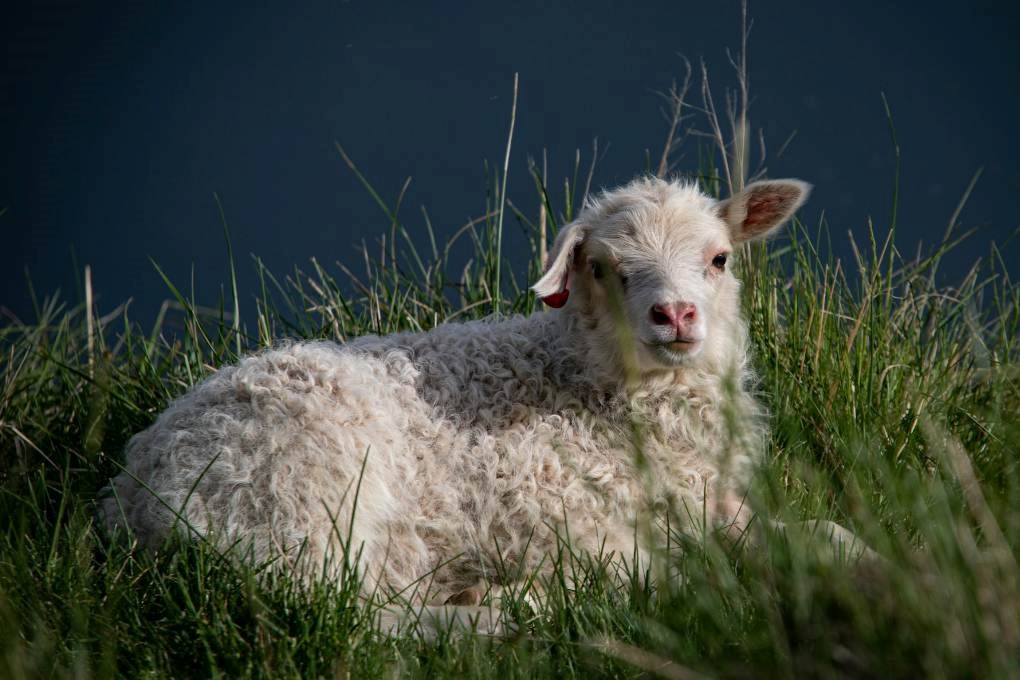
Table of Contents
When you think of Easter, what do you imagine? Fields of flowers finally blooming after a long winter, heralding spring’s arrival? Baby animals like lambs and chicks? Maybe you imagine colourful Easter eggs and baskets filled with chocolate bunnies.
Whatever Easter means to you, though, if you’re planning an Easter getaway, there’s one place you can go, where you can enjoy many of the same Easter classic traditions, but also quite a lot of other fun to keep you busy — and maybe even a few, new-to-you traditions that you can incorporate into your future celebrations, moving forward.
We’re talking about, of course, spending Easter in Iceland. Iceland might not be the first destination you think of when planning an Easter trip, but there are so many reasons why you might consider adding spending Easter in Iceland to your calendar.
Here’s everything you need to know.
Is Easter a Good Time to Visit Iceland?
Spending Easter in Iceland is a great idea for a few key reasons.
One, Easter in Iceland typically falls right around the end of winter and the beginning of spring. This means that, often, you can enjoy activities that fall in both seasons. There are some winter activities still available, but there are signs of spring starting to pop up, too. For example, winter activities like chasing the northern lights is still a possibility, but animal migrations more typical for the spring months are also starting to occur, so you can go bird watching or whale watching.
The weather is likewise nice, as you don’t have quite the harsh temperatures that you might if you were to visit in December or January. You’ll also get more daylight in March and April, than you would if you were to visit during these earlier, mid-winter months, which can make for easier sightseeing and travel. Speaking of travel, the lessened snow and ice can also make driving in Iceland a little easier, too.
Lastly, the crowds and travel prices are both lower in these months than they will be in the summer, which is Iceland’s peak travel season.
In short, yes, Easter is a great time to visit Iceland.
What to Do When You Spend Easter in Iceland
Your activities will vary depending on when Easter falls. Just as is the case everywhere in the world, Easter sometimes occurs in March in Iceland, but also sometimes occurs in April in Iceland. When it falls depends on other calendar occurrences — and more particularly on lunar activity — but Easter will always fall somewhere between March 22 and April 25.
How to Spend Easter in Iceland in March
So let’s say that you’re going to spend Easter in Iceland in late March. Late March is still considered winter in Iceland, but the winter isn’t quite as harsh or dark as what you might experience if you were to visit in January.
Still, you’ll want to take a few precautions. Prepare for the winter weather by packing correctly for your trip to Iceland. Book a 4x4 rental car, which will be able to more easily handle any ice or snow that you may come across on the roads, especially if you travel outside Reykjavik and to more remote areas.
If you want to plan an Iceland road trip, stick to the more heavily trafficked areas, such as the Golden Circle or the South of Iceland. These areas offer better weather and road conditions.
The great news? Visiting Iceland for Easter during March means you can take full advantage of so many classic Iceland winter activities. Some of our favourites include…
- Ice caving
Ice caving in Iceland typically ends around March, as the caves begin melting with the warmer spring weather. If you can catch an ice caving tour at Vatnajokull Glacier during your trip, it’s an experience you definitely won’t regret. Your guide will take you deep into the ice caves, which are formed and reformed year after year, different every single time, as you explore the alien-like landscapes that exist within the caves, with their fascinating shapes and colours.
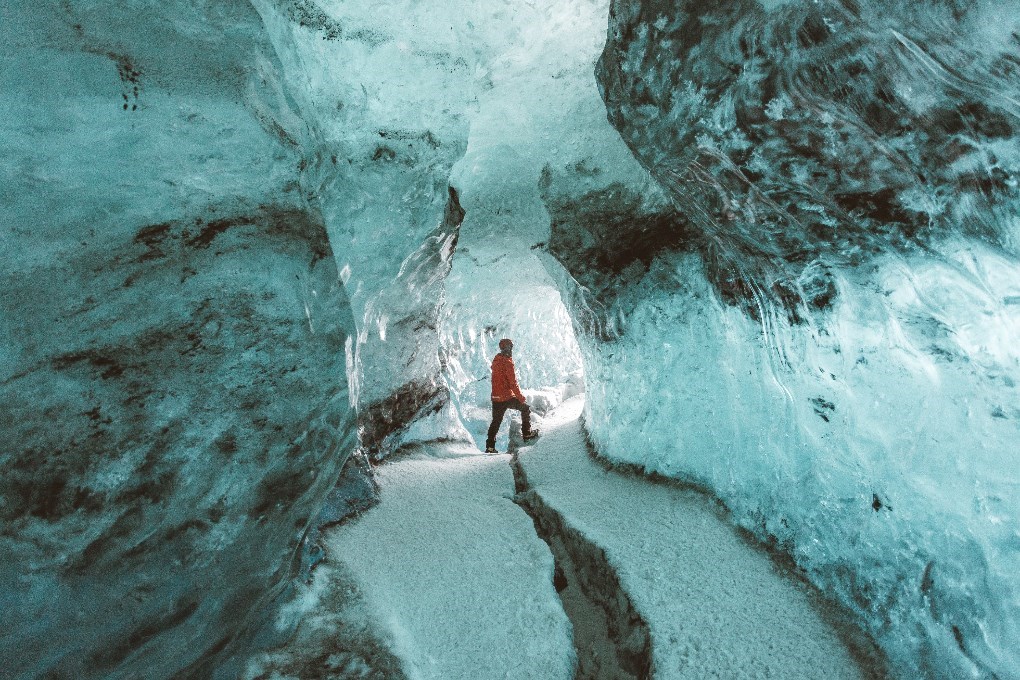
- Northern lights hunting
Northern lights hunting is a favourite activity in Iceland, and 2024 is projected to be one of the most active and best years to see the northern lights. If you visit for Easter 2024, you’ll just be able to catch the lights before they disappear for the season, in April.
However, for your best chances at seeing the northern lights, be sure to plan ahead to get out of the city and its light pollution — you’ll need a rental car for that! — and use tools like the Aurora Forecast website to keep an eye on northern lights forecasts.
Do note that, while it is possible to see the northern lights in Iceland in late March, the lights are more active, and your chances of seeing them are greater, the closer to December you visit. If you’re travelling to Iceland specifically to see the northern lights, and not necessarily for Easter, consider booking your trip for earlier in the season instead.
- Skiing
While Iceland may not be as well known a European skiing destination as, say, Switzerland, it’s still an excellent spot to get out on the powder. March brings great skiing conditions, and you can find quite a few ski resorts and ski areas scattered throughout the entire country. A favourite skiing destination is Akureyri, in the north of Iceland, but other favourite spots include Siglufjordur, Dalvik and Hafnarfjordur.
How to Spend Easter in Iceland in April
But let’s say that Easter falls in April during your trip to Iceland. While some of the favourite winter activities are still possible in April, such as skiing, April’s warmer temperatures also bring favourite springtime activities, too.
Additionally, the warmer weather and added daylight make it easier to get around, particularly if you’re planning an Iceland road trip. That said, the snow isn’t entirely gone, especially if you travel up to northern Iceland or to the Eastfjords. For that reason, we still recommend booking a 4x4 vehicle, unless you’re staying exclusively in the south of Iceland, in which case a 2 wheel drive car will suffice.
You’ll find that more road trip options open up around this time of year, too, such as a Ring Road road trip. The Ring Road encircles all of Iceland, so it takes you to myriad regions, allowing you to get a full sense of all the dramatic, varied landscapes the country offers.
So what should you do if you spend an April Easter in Iceland, whether you go on a road trip or not? Here are some of our top recommended activities:
- See the lambs
Sheep are big business in Iceland. In fact, did you know that the sheep outnumber us Icelanders? There are about 800,000 sheep in Iceland, and fewer than 400,000 people in Iceland. Introduced by the Vikings ago, sheep have been a part of Icelandic culture for centuries.
You’ll see sheep everywhere during a spring Iceland road trip, and, if you visit in April, you’ll be able to see the newly born lambs, as spring is lambing season, running through May.
If you just drive through the rural parts of Iceland, you’ll see the sheep and lambs out and about on the surrounding farms. However, for a closer look and a more immersive experience, you can also book an overnight stay on a sheep farm.
- Go bird watching
Sheep and lambs aren’t the only animals on full display come April. This month is also prime bird-watching time, so break out your binoculars and head to a favourite spot: the Latrabjarg cliffs. These cliffs are Iceland’s tallest, located in the Westfjords, and they’re home to a famous population of puffins. Puffins begin travelling back to Iceland in April, and this is where they’re headed.
Other fun facts? Latrabjarg is the westernmost point of Europe — and, as a result, Iceland — and is also the largest “bird cliff” in Europe, with its millions of feathered residents.
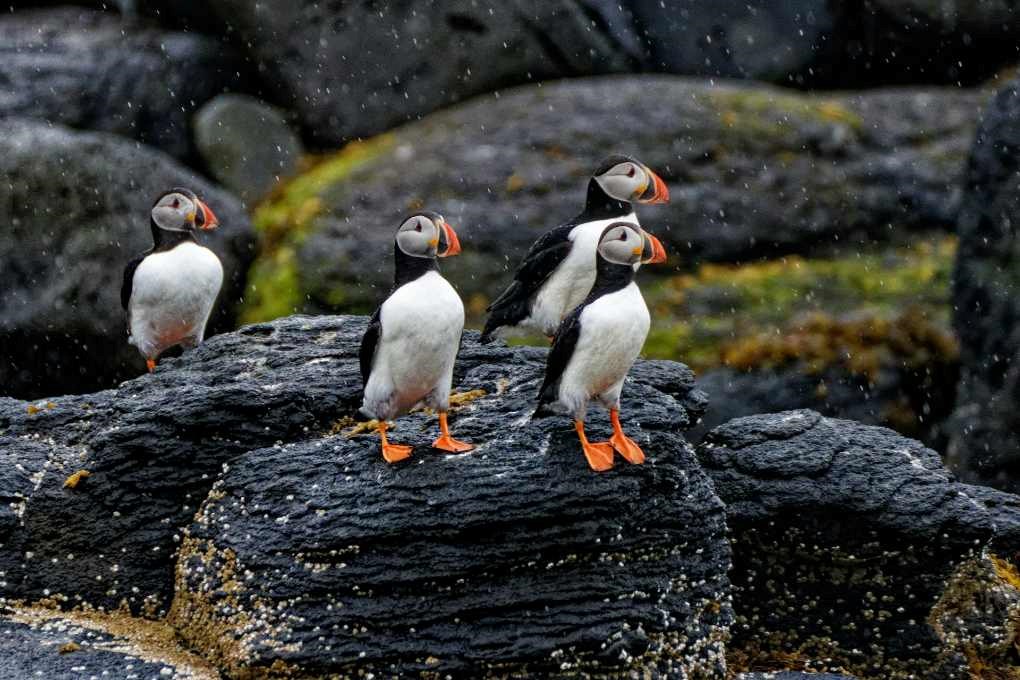
Celebrate Easter Like a Local
Whether you visit in March or April, consider celebrating Easter in Iceland like a local.
Icelanders are always happy to welcome visitors into their traditions and local celebrations, so, even if you don’t typically celebrate Easter, neither from a religious or secular standpoint, consider getting in on the local fun regardless. It’s a wonderful way to experience the culture and history, learn a little bit more about Iceland during your visit and fill your itinerary with authentic experiences.
Not sure how to do so? Keep reading to learn about Iceland’s most cherished Easter traditions. Some will look familiar, while others maybe not so much.
Otherwise, for the best Iceland road trip itineraries, rental car options and what you can expect from the weather and roads, check out our guides to driving in Iceland in March and driving in Iceland in April.
What are the Easter Traditions in Iceland?
For some parts of the world, Easter is entirely a religious holiday. You can’t separate the two. However, for many other parts of the planet, Easter has become more of a secular celebration, similar to Christmas, where the focus is more about spending quality time with family and friends and enjoying certain parts of the season. This is the case for Easter in Iceland.
While many in Iceland do still celebrate Easter from a religious standpoint — there are approximately 260,000 registered Lutheran practitioners in Iceland, so a little over half the population — many Icelanders use the Easter holiday as a time to recognize cultural traditions, spend time with family and enjoy springtime activities.
Easter lasts for five days in Iceland; in contrast, it only lasts for three days in some other countries, like in the United States, wherein the Easter holiday is generally observed from Friday to Sunday. In Iceland, Easter kicks off on Thursday, called “Maundy Thursday.” “Maundy” refers to a religious practice of washing the poors’ feet, in a practice reminiscent of Christ’s washing of his disciples’ feet. The holiday continues on until the following Monday.
So what do Icelanders do during this five-day celebration? Here’s what you can expect.
- Confirmations
Many Christian denominations include a tradition known as “confirmations.” A confirmation occurs when a previously baptised child “confirms” their religious faith once they are old enough to understand it. This is an important occasion for many families and is one included in the Icelandic Lutheran faith, for baptised children who are now teenagers.
Since more than half of Icelanders are registered Lutherans, many have experienced or attended one of these confirmations and, as Easter is already a time for families to gather and recognize their religious affiliations, Easter is a popular time for Icelanders to either host or attend confirmations.
While this isn’t exactly a tradition you can experience for yourself as a traveller, it’s one that you can expect many Icelanders around you to be partaking in, during your trip.
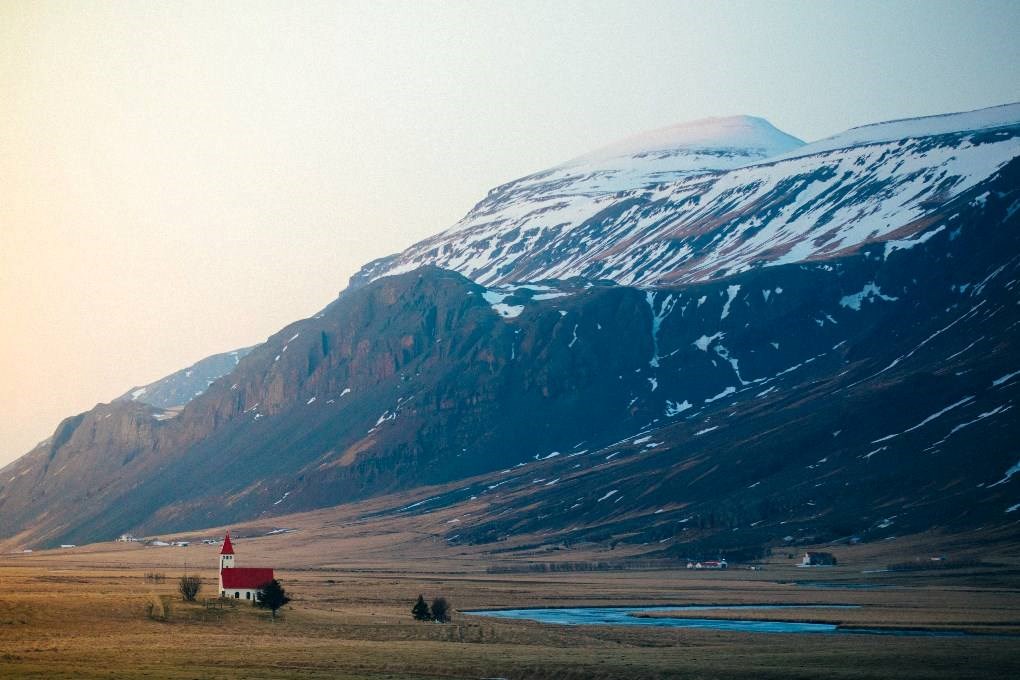
- Easter eggs
Easter eggs are part of Easter traditions all around the world. However, while you might be more familiar with painted Easter eggs, Icelanders enjoy a very specific type of Easter egg known as the paskaegg. While the name can simply translate to “Easter eggs,” for Icelanders, the paskaegg is specifically a type of chocolate egg. The chocolate eggs can be purchased in stores around Iceland and they come in all sorts of sizes, decorated various ways. The hollow chocolate eggs are filled with other candy and a little piece of paper that contains a málsháttur, which is a little saying or proverb. If you’re accustomed to getting fortunes in fortune cookies, think of the málsháttur like that.
The eggs are typically given to children on Easter Sunday, and sometimes parents hide the eggs from their children and have them search for them via a scavenger hunt. However, while children may enjoy these Easter eggs most, there’s nothing stopping you from buying a few to sample yourself. As mentioned, you can buy them in any Iceland grocery store, during the Easter season.
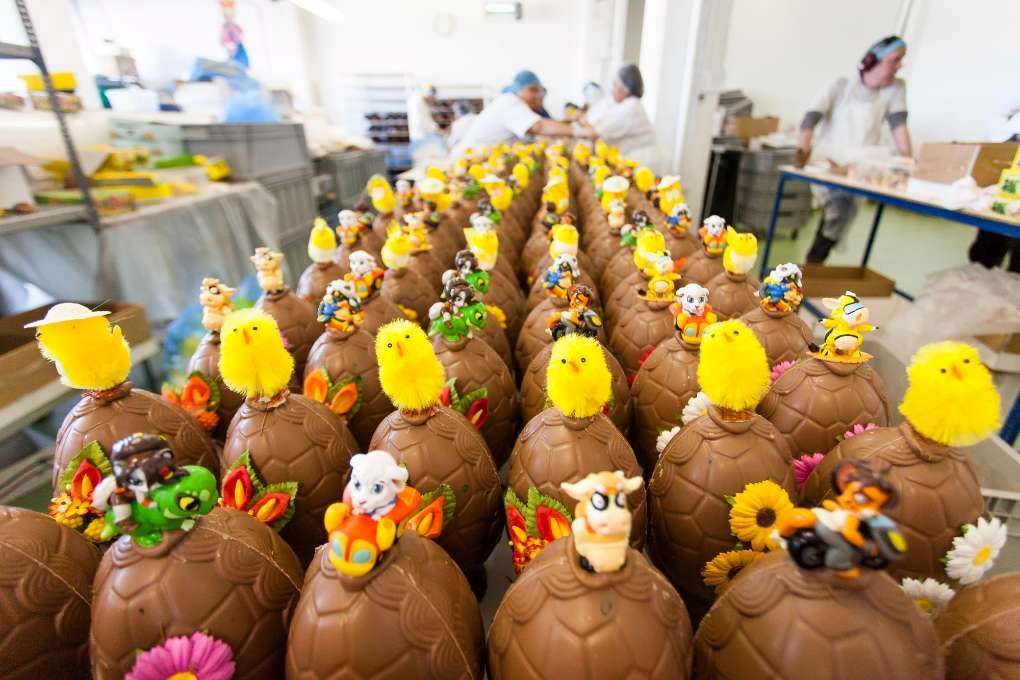
Photo by Visit Iceland
- Family meals
Just like at Christmas, families in Iceland will come together to enjoy a large meal during the Easter holiday, usually on the Sunday. Also just like at Christmas, Icelanders will cook specific foods associated with the holiday. If you want to experience a traditional Iceland Easter feast, then you’ll want to choose some of the following foods: roasted leg of lamb, glazed potatoes, red cabbage, green beans and rhubarb jam.
Need-to-Know Details Before Spending Easter in Iceland
Ready to jet off to spend Easter in Iceland? Before you arrive, here are a few more things you’ll need to know.
Easter in Iceland is Five National Holidays
All five of the days that Iceland spends recognizing Easter are technically national holidays. This means that many Icelanders will be home from work and you may not find all of the amenities you’re looking for.
As mentioned, the fun begins on Maundy Thursday, or the Thursday before Easter. If Icelanders plan to take their long weekend and travel elsewhere, they’ll often leave on this day. Otherwise, they’ll spend their free time with family or recreating, enjoying some of the same activities you might while visiting Iceland, such as skiing.
On Friday, or Good Friday, which is considered the day of Christ’s death, traditionally, Icelanders would frown upon having any sort of fun. It’s intended to be a more solemn day of religious reflection. However, as society has become more secular, this tradition has gone out of style. While many businesses are still closed, some, like hotels, restaurants and grocery stores, are open. Bars and nightclubs, however, will not be open until midnight on Friday night.
Holy Saturday is another free day for Icelanders to celebrate as they wish and, then, on Easter Sunday, many celebrate with those chocolate eggs, egg scavenger hunts and the aforementioned big family meal.
Easter Monday follows and is a similarly fun time to relax, eat some more chocolate and other leftover treats, and enjoy being off work before life resumes on Tuesday.
What is Open in Iceland on Easter? What is Closed in Iceland on Easter?
Many businesses will still be open in Iceland on Easter and on the surrounding national holidays. You can expect the following to remain open:
- Natural attractions such as waterfalls, volcanoes, natural parks, etc.
- Car rental providers and tour operators
- Restaurants
- Gas stations
- Hotels
Of course, always check with any business you plan on visiting, for changes to hours, ahead of your arrival. Some grocery stores and other retailers will be closed.
You can expect the following to be closed both on Good Friday and on Easter Sunday:
- Bars
- Nightclubs
Ready to Plan Your Easter Trip to Iceland? Start with the Right Rental Car
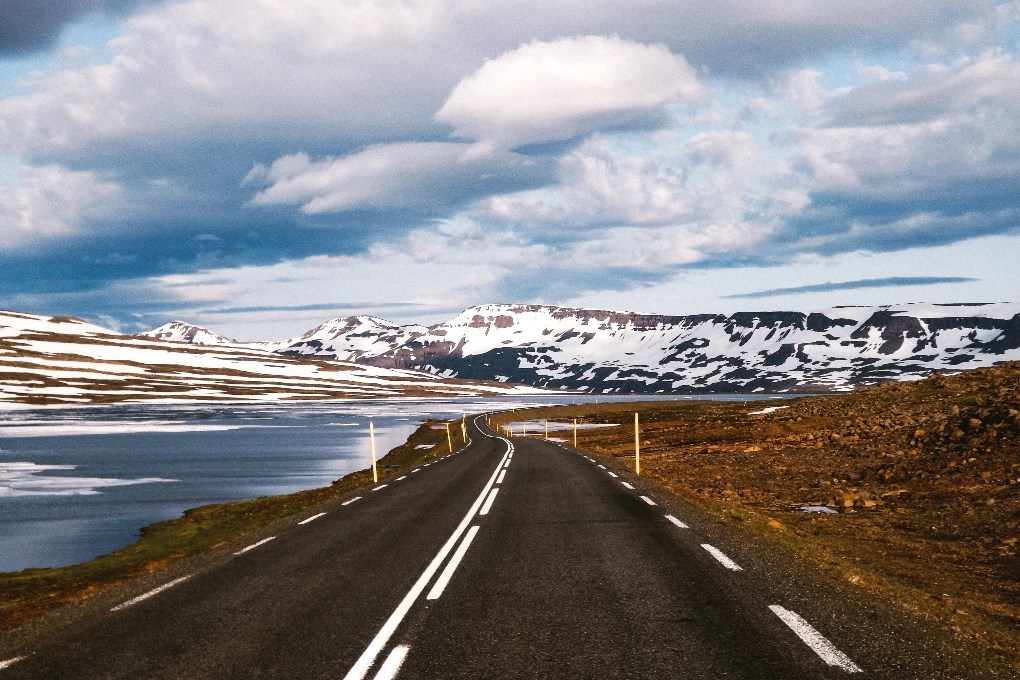
Spending Easter in Iceland — whether you visit in March or April — is an excellent way to enjoy the end of the winter season and the start of spring, while avoiding the high tourist crowds and high travel prices of summer.
However, for the perfect Iceland trip, you’ll need the perfect rental car, and that’s where Lava Car Rental can help. Check out our full list of rental cars and book your family’s perfect fit.
Book your car in Iceland today




